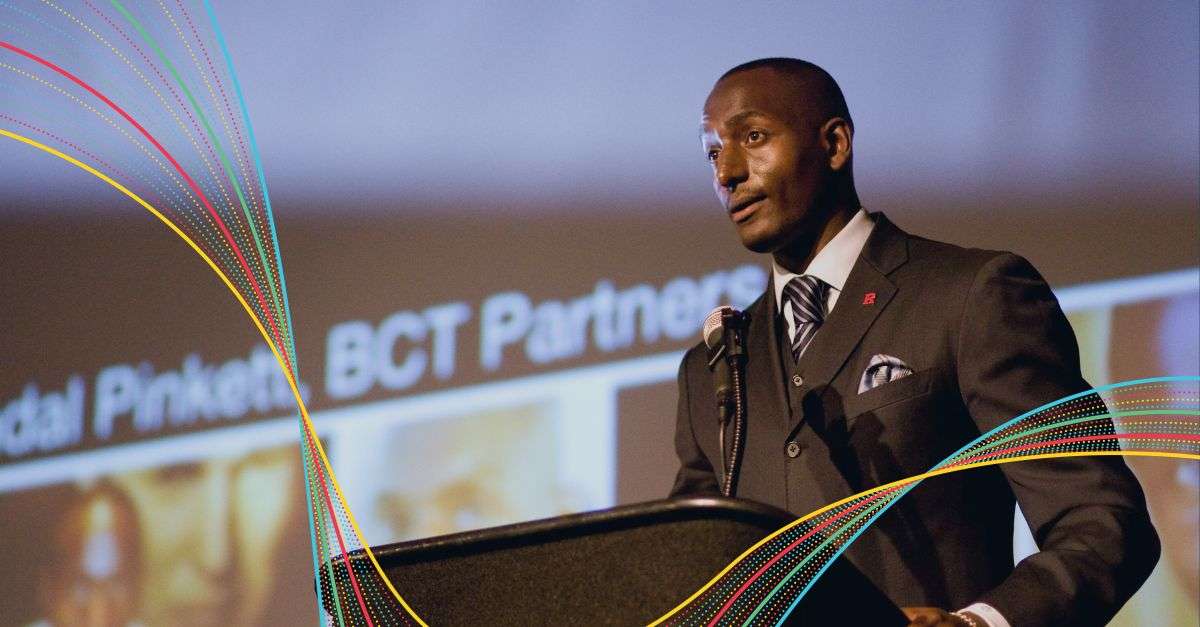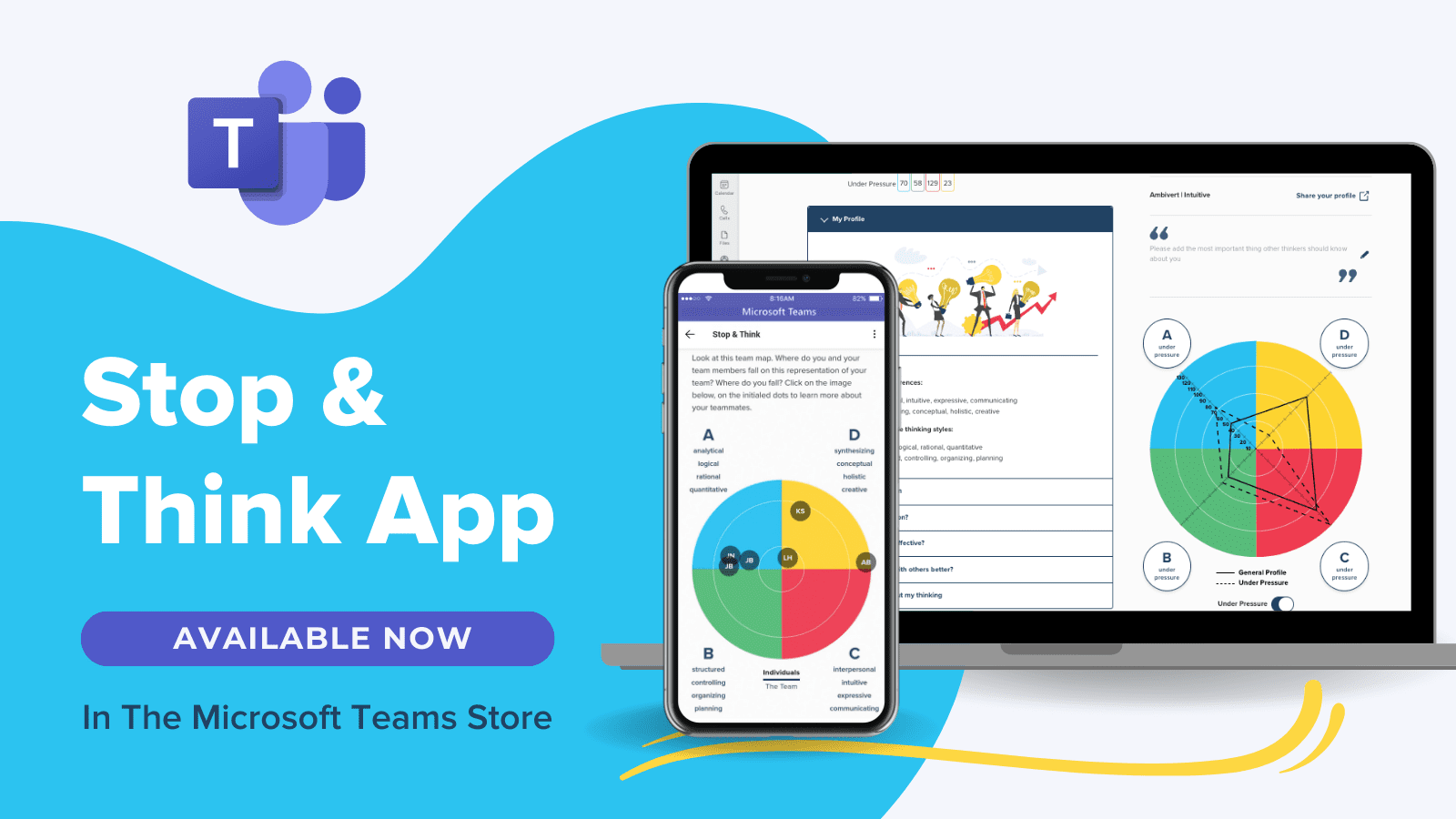We hear that they’re entitled. Lazy. Hard to please. Self-centered. Lacking a strong work ethic.
But just who is that “they”? Today’s Millennial workforce? The Gen X “slackers” of 25 years ago? The spoiled “Me Decade” Baby Boomers?
All of the above?
While there’s no denying that differences do exist between the generations, when you take a broader view of the topic, a lot of similarities emerge. Is it possible that the stereotypes aren’t so much about generations as they are about life stage?
Thinking Styles Offer Clues
Generalizations about idealistic young employees who haven’t “paid their dues” didn’t arrive with the Millennial generation. No matter what decade marks your time as a younger member of the workforce, there is almost always someone older than you thinking that you’re naive, your ideas are unrealistic and you don’t know what it’s like in the “real world.”
With all the discussions about what Milliennials want and how to navigate today’s multi-generational workforce challenges, we decided to dig into our HBDI® thinking style data to see what insights it might reveal.
Our research has looked at the thinking style preferences and work elements of Millennials compared to those of Gen Xers and Baby Boomers when they were in that same age range. While we’re still completing the longitudinal analysis, here’s what we can tell you: there are no substantial differences as far as we can tell.
The chart below, which compares rankings of work elements, is a good example. The colors correspond with the different thinking preference quadrants of the Whole Brain® Model.
Even where the data doesn’t line up exactly across the generations, the overall picture is remarkably consistent.
Have You Changed Your Mind Lately?
So if our research (and that of many others) shows that Millennials really don’t think all that differently from Gen Xers or Baby Boomers, then why all the grumbling?
Not only is life stage a likely factor, the brain might play a role here, too. Although their thinking may not be different from yours when you were their age, it’s different from your thinking now.
The data backs this up as well. Longitudinal studies of thousands of HBDI® participants indicate that change can take place over a long period of time—often due to the person’s desire and willingness to change, or with a change in their life’s circumstances, or as a result of a significant emotional event. Essentially, along with your career trajectory and any number of other life events that have occurred over the years, it’s quite possible your thinking has shifted, too.
Thinking Agility is Ageless
Sign up to our newsletter for the latest insights
Finally, if you’re feeling frustrated by the change a new generation brings to the table, try changing your mindset about it. View it as an opportunity learn and grow, because no matter what age you are, human beings are learning machines. Our brains are designed for learning. If you’re not learning, you’re stagnating.
So fire up your learning machine. It just might help you stay “young at mind!”
Eager to leverage the diverse thinking styles in your organization, but not sure where to start? The Diversity of Thought white paper is for you!












